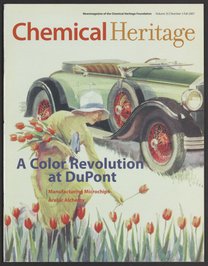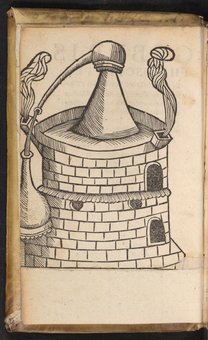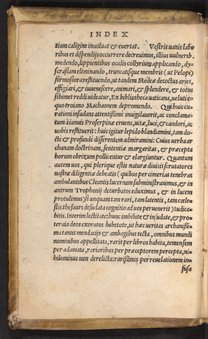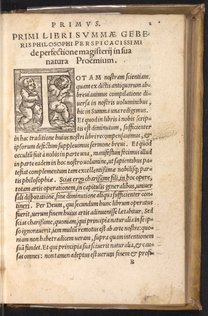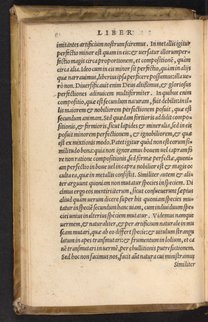Geberis Philosophi Perspicacissimi Summa Perfectionis Magisterii in sua Natura ex Bibliothecae Vaticanae Exemplari Undecunque
- 1542

Rights
Download all 275 images
PDFZIPof full-sized JPGsDownload selected image
Small JPG1200 x 1789px — 430 KBFull-sized JPG2460 x 3668px — 1.5 MBOriginal fileTIFF — 2460 x 3668px — 25.8 MBWork from the "pseudo-Geber" corpus, a group of writings falsely attributed to the Arabic alchemist, Abū Mūsā Jābir ibn Ḥayyān (died c. 806–816, Latinized as “Geber"). These writings are actually from 13th or 14th-century Europe, likely created by the Franciscan friar Paul of Taranto (active 13th cen). The works were first edited and dispersed in print during the 16th century but had been circulating as manuscripts for several hundred years prior.
Within this volume, “Geber” gives clear directions for the preparation of chemical compounds. He describes calcination, cupellation, furnaces for distillation, etc. This edition also includes Testamentum Geberi; Philosophici lapidis secreta metaphorice describentis, opusculum; Ibn Sina's (980–1037, Latinized as "Avicenna") Mineralia and Interpretatio epistolae Alexandri Regis; Merlin's Allegorica; and Kallid Rachaidibi’s De materia philosophia lapidis and Fragmentum. Includes a full-page woodcut of a furnace on the verso of the title page, and woodcuts of furnaces and alembics on 8 additional pages throughout.
| Property | Value |
|---|---|
| Author | |
| Publisher | |
| Place of publication | |
| Format | |
| Genre | |
| Extent |
|
| Language | |
| Inscription |
|
| Subject | |
| Rights | Public Domain Mark 1.0 |
| Credit line |
|
Institutional location
| Department | |
|---|---|
| Collection | |
| Exhibited in | |
| Physical container |
|
Related Items
Cite as
Geber, active 13th century. Geberis Philosophi Perspicacissimi Summa Perfectionis Magisterii in Sua Natura Ex Bibliothecae Vaticanae Exemplari Undecunque. Venice, Italy: Apud Dominum Joannem Baptistam Pederzanum Brixiensem, 1542. https://digital.sciencehistory.org/works/9vaq8vo.
This citation is automatically generated and may contain errors.





